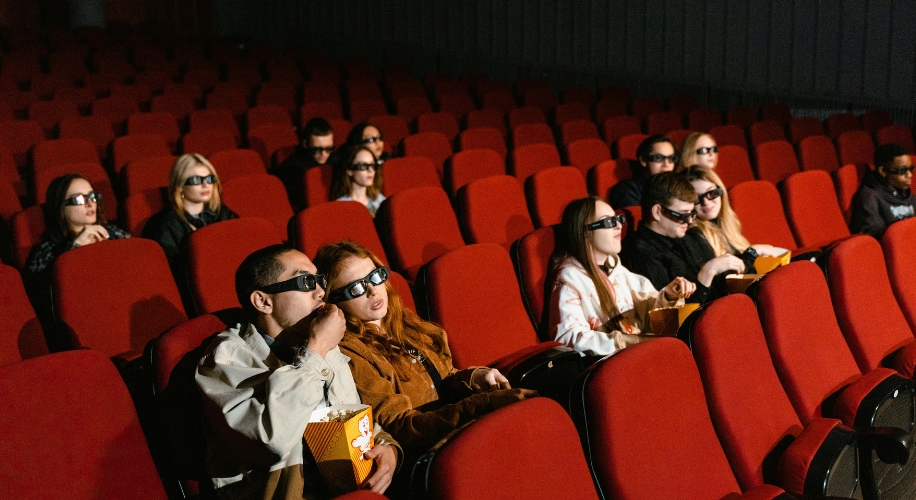The Science Behind 3D Glasses in Movie Theaters
- BY Dr. Steven Liem
- IN Glasses

Photo by Tima Miroshnichenko
You’ve probably experienced the awe of watching a movie in 3D at your local theater, but have you ever stopped to wonder how those 3D glasses actually work? They may seem like simple accessories, but they’re key to unlocking the immersive world of three-dimensional cinema. Let’s take a closer look at the wizardry behind 3D glasses and how they make movie magic come to life.
The Basics: Polarization vs. Anaglyph
There are two primary types of 3D glasses used in movie theaters: polarized and anaglyph. Polarized glasses are what you typically receive at most modern theaters, while anaglyph glasses, with their red and blue lenses, are less common these days but still make appearances in some settings.
- Polarized Glasses: These glasses work by allowing light waves to pass through them in only one direction, either vertically or horizontally. The screen in a 3D theater projects two separate images, each intended for a different eye. The polarized lenses in the glasses ensure that each eye sees only the image intended for it, creating the illusion of depth. Fun fact, polarized sunglasses work in a similar fashion, and block out horizontal light waves to decrease glare.
- Anaglyph Glasses: On the other hand, anaglyph glasses use filters of different colors (usually red and cyan) to separate the left-eye and right-eye images. This works by filtering out certain wavelengths of light, so each eye sees a slightly different version of the image, creating the illusion of depth perception.
Photo by Tima Miroshnichenko
The 3D Projection: Bringing Images to Life
Now that we understand the role of 3D glasses, let’s delve into how these glasses interact with the images projected onto the screen to create that immersive viewing experience.
When you put on your 3D glasses and look at the screen, you’ll notice that the images appear slightly blurry or distorted without the glasses. But don’t worry, this is because the images intended for each eye are superimposed on top of each other on the screen. Without the glasses, your brain would try to merge these images together, resulting in a flat, blurry picture.
The Illusion of Depth: Your Brain’s Role
The magic of 3D cinema doesn’t stop with the glasses and projection system—it’s your brain that truly brings it all together. By presenting each eye with a slightly different image, 3D glasses trick your brain into perceiving depth where none actually exists.
When your left eye sees a slightly shifted version of an object compared to your right eye, your brain interprets this difference as depth, creating the illusion of three dimensions. It’s a remarkable example of how our brains process visual information to construct our perception of the world around us.
Photo by Nathan Engel
Unlocking the 3D Experience
Next time you slip on those 3D glasses at the movies, take a moment to appreciate the intricate technology and science behind them. From polarized lenses to anaglyph filters, these glasses work in harmony with the 3D projection system to transport you to new worlds and immerse you in unforgettable cinematic experiences. And remember, it’s not just the glasses—it’s your brain’s ability to process the images that truly brings the magic of 3D to life.



